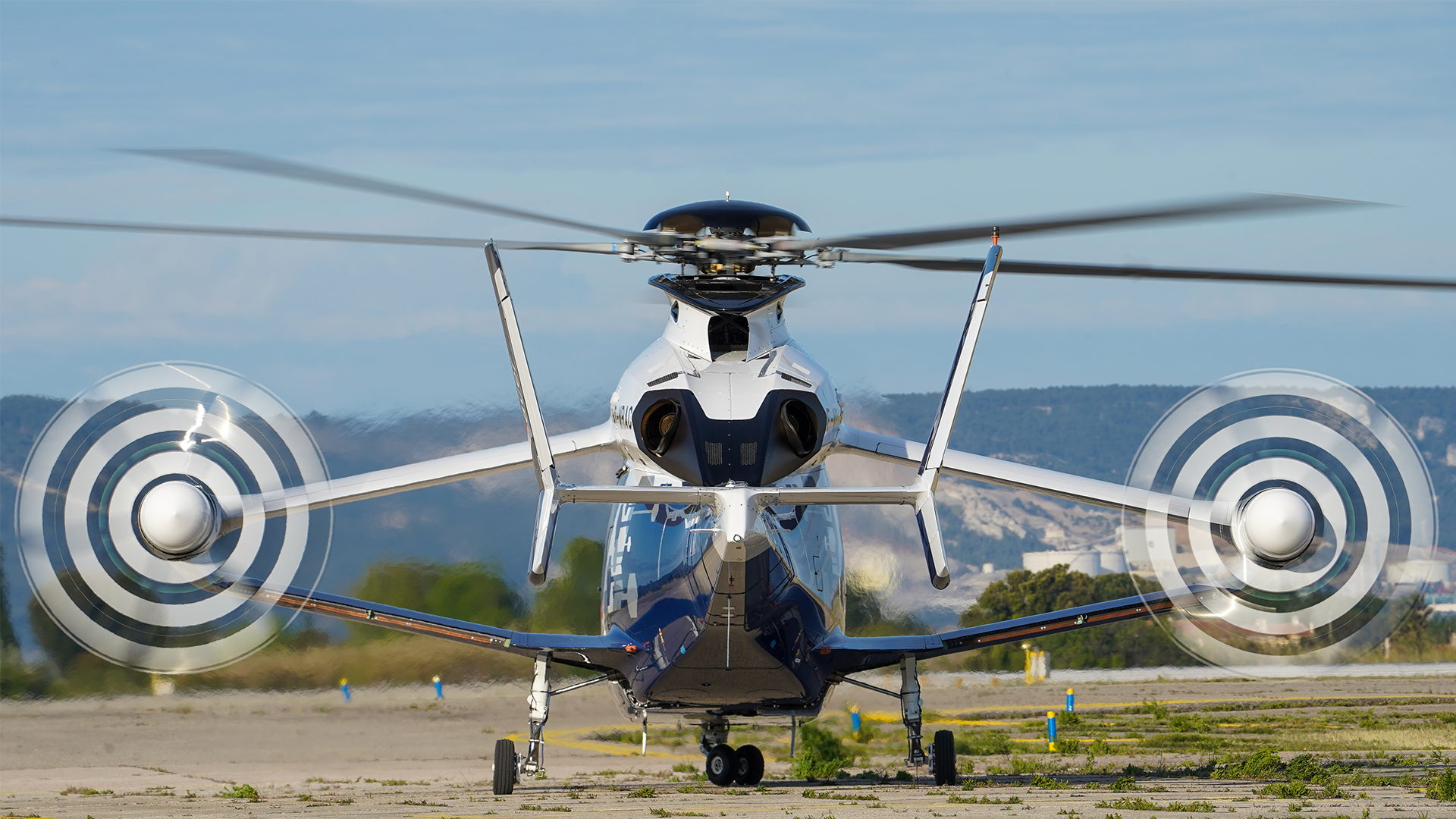Renowned for their prowess in commercial engines, Ceramic Matrix Composites are accelerating the future of military propulsion as well.
Tomorrow’s military missions will demand engines that provide a 25% reduction in fuel consumption resulting in more than 30% greater range, while delivering up to 20% more thrust. Running engines at hotter temperatures and higher pressures is required to meet those aggressive goals, but the temperatures of state-of-the-art super alloys have been pushed to the absolute limit.
“Ceramic Matrix Composites, or CMCs, are helping us solve the fuel efficiency riddle for our next-generation Advanced Fighter engines,” said Mike Eisenmenger, Manager of the Adaptive Engine Transition Program.

Engines powering today’s military aircraft are limited, or “fixed,” to either maximum power or fuel efficiency, which limits aircraft performance and increases operating costs. GE is developing an Adaptive Cycle Engine that differs from fixed cycle engines in its ability to instantaneously alter from a fuel-efficient engine—similar those deployed on commercial aircraft—to high-performance engine needed for fighter jets.
“By using lighter-weight CMCs and reducing the amount of cooling air required to run the engine, we can answer the call for improved thrust, fuel efficiency and range,” said Mike.
In 2015, GE achieved an industry first by successfully running a rotating CMC part in an F414 engine. The test mimicked the operating features the new Adaptive Cycle Engine design will encounter. Last year, GE replicated the feat by using more advanced CMCs in a “flight-weight” design to further verify their robustness.
CMC testing put a punctuation point on a busy 2016 Advanced fighter engine testing calendar that culminated in a new centerline High Pressure Compressor test in September. These efforts pave the way for 2017 core testing (combustor, compressor and high pressure turbine) —otherwise known as “the heart of the engine.”
“Validating the applicability of CMCs and advanced components ahead of schedule and in a true operating environment means risk reduction for the technical program at less cost, and truly helps us unlock the potential for next generation mission capability,” said Mike.
https://www.youtube.com/watch?v=hJF-0rb9G8U&t=3s





